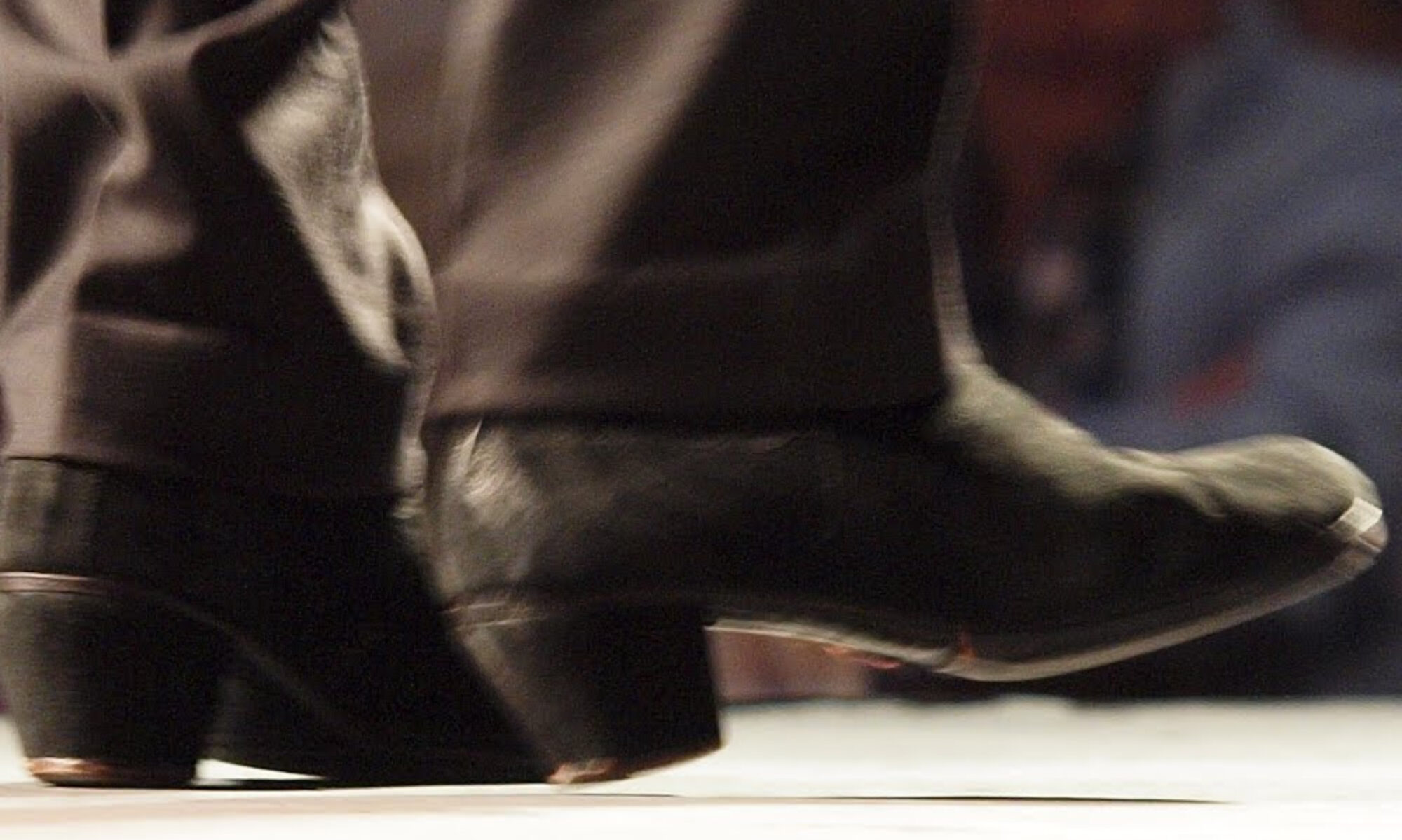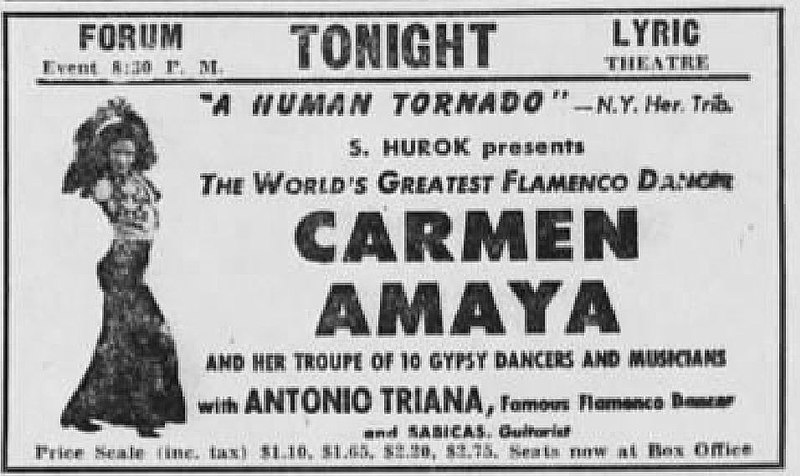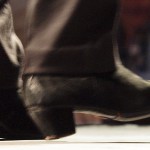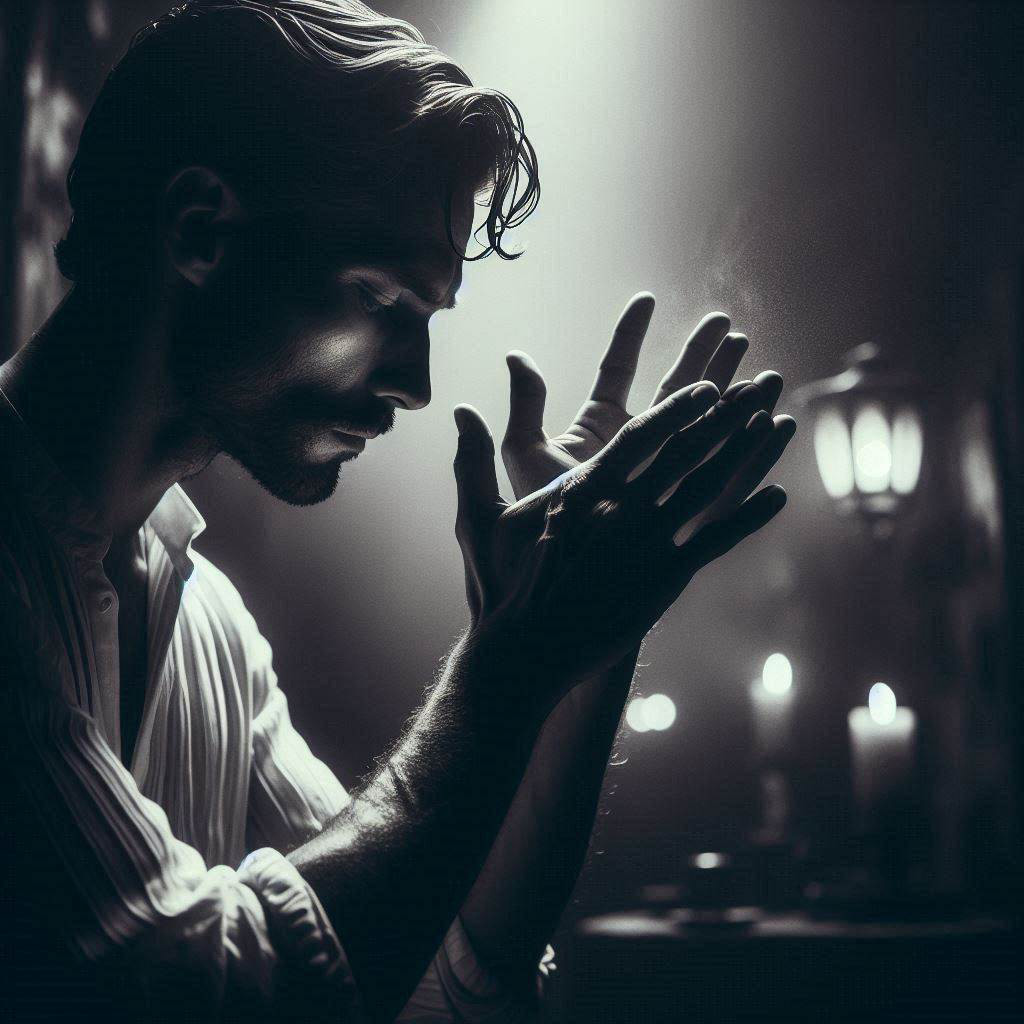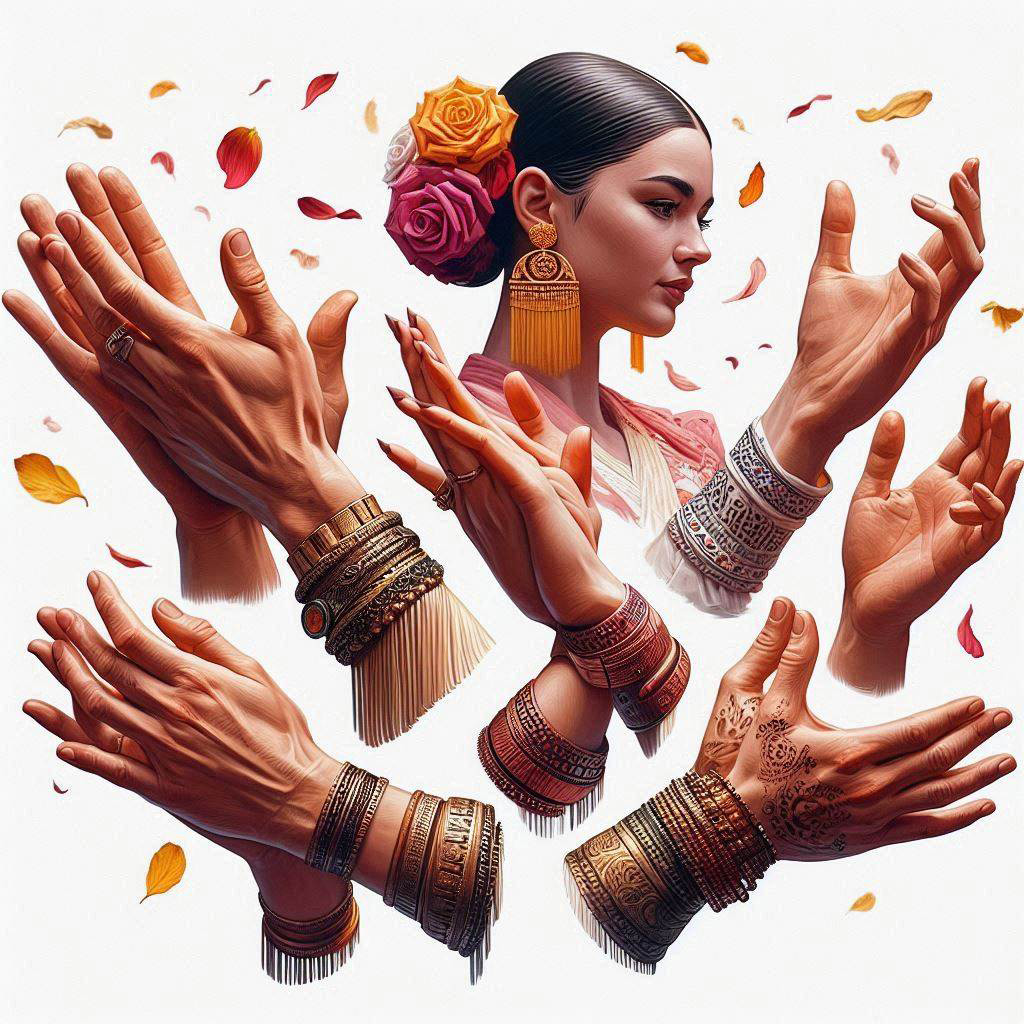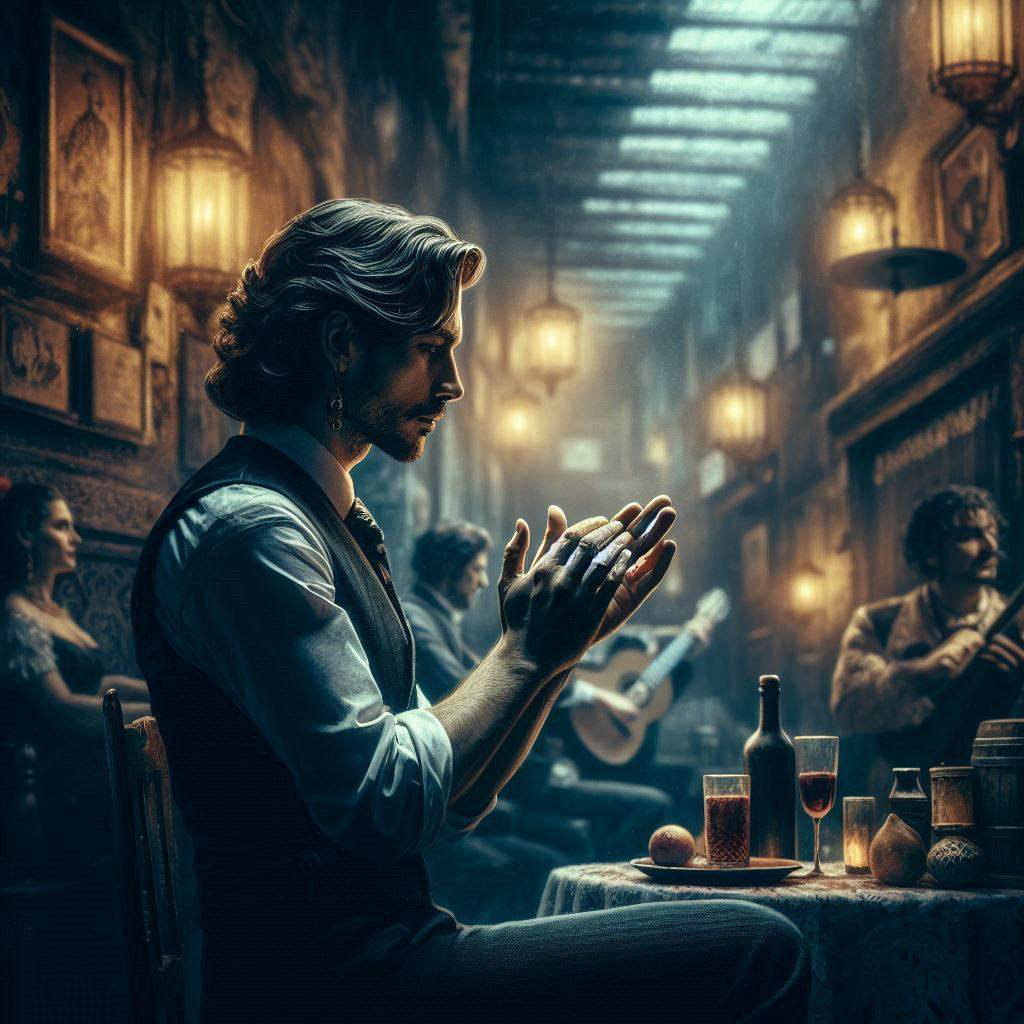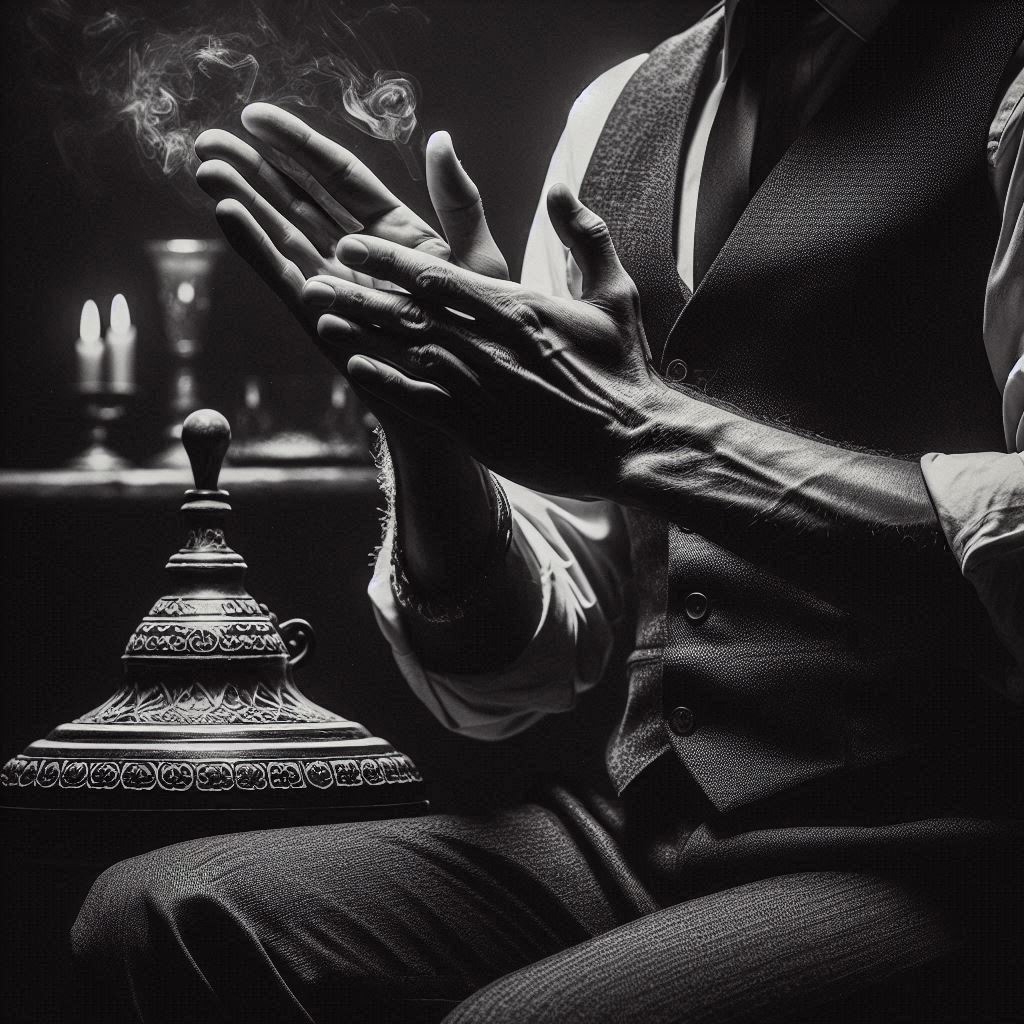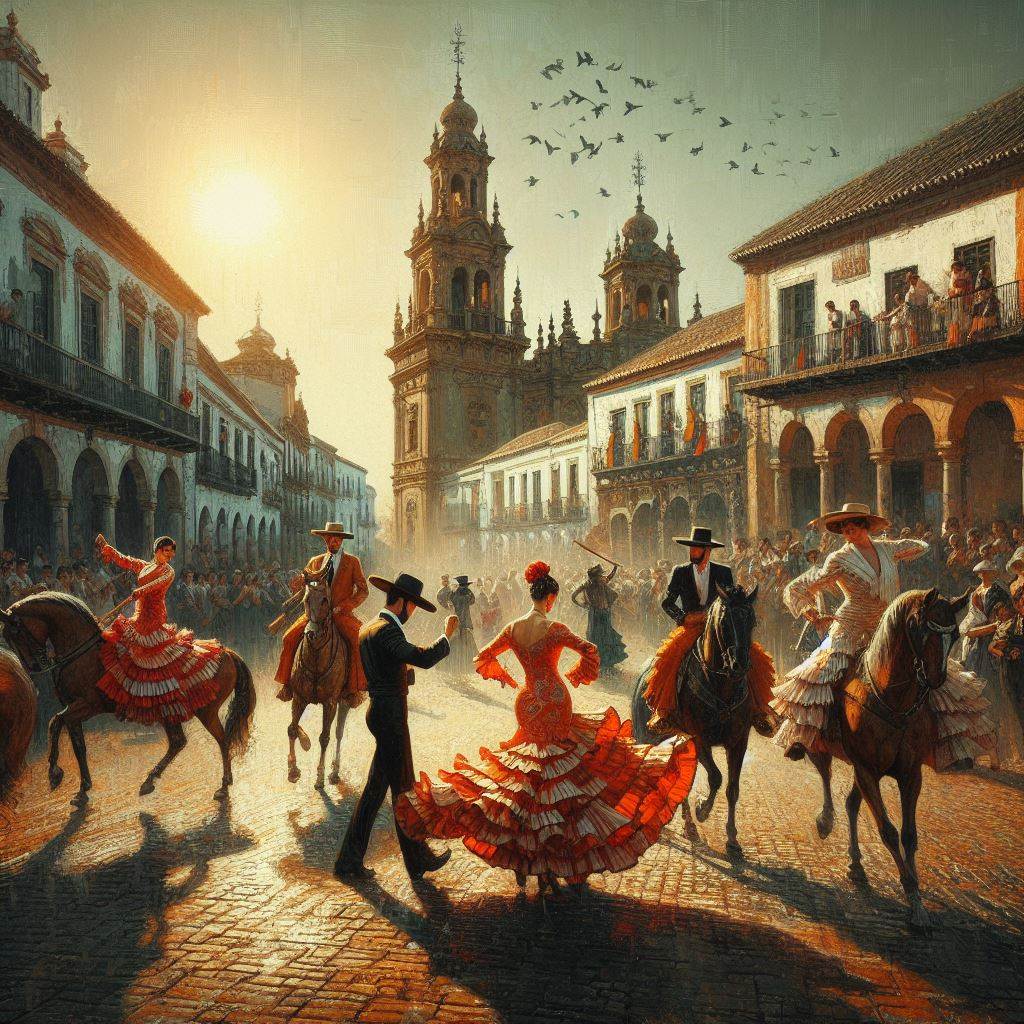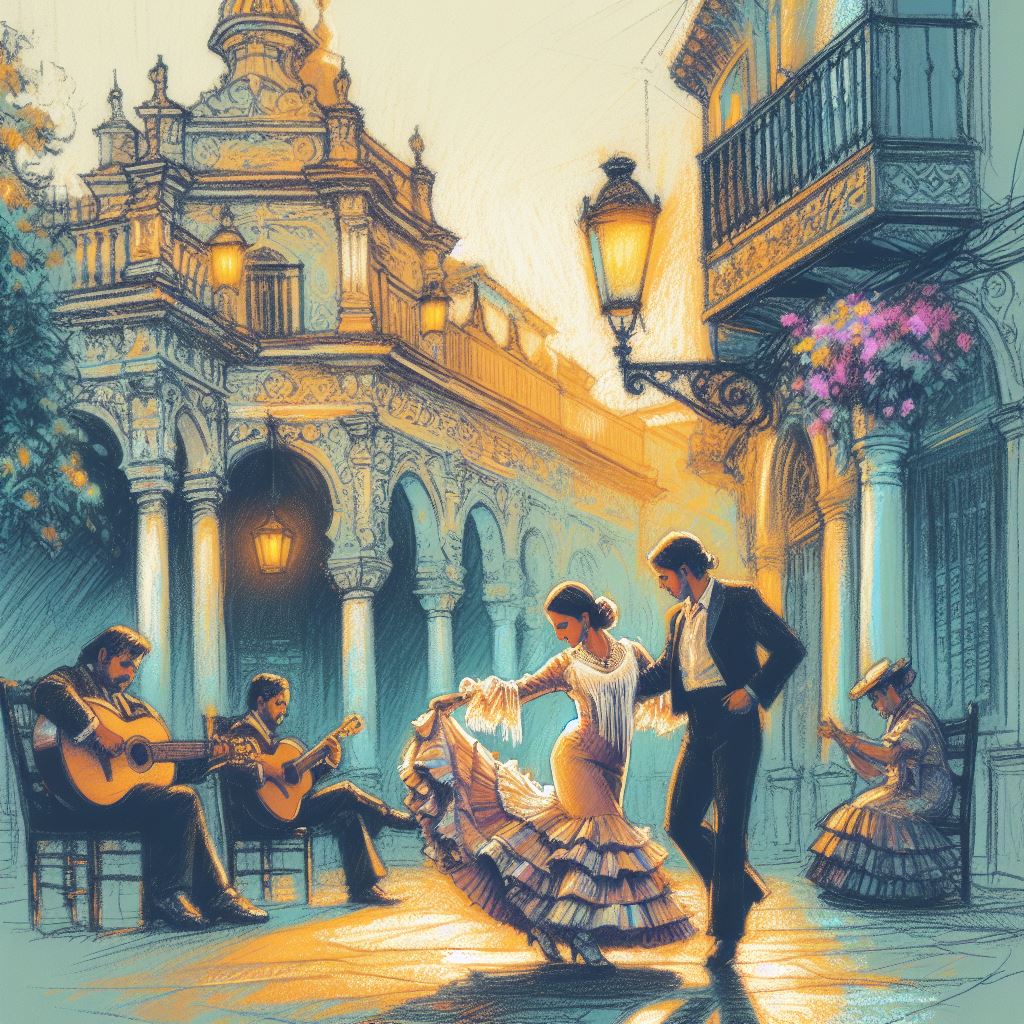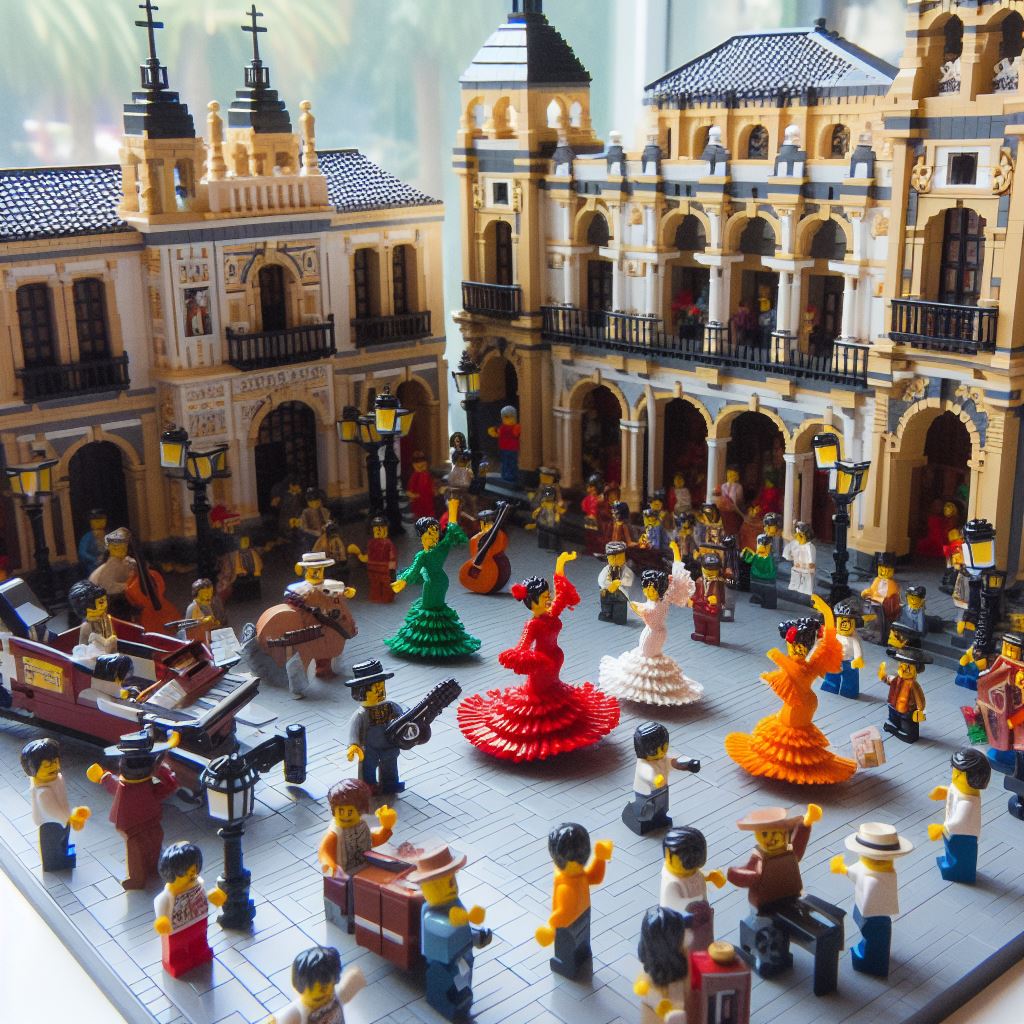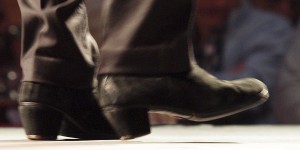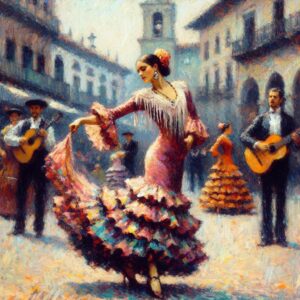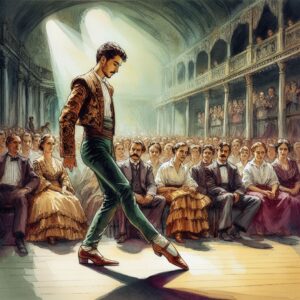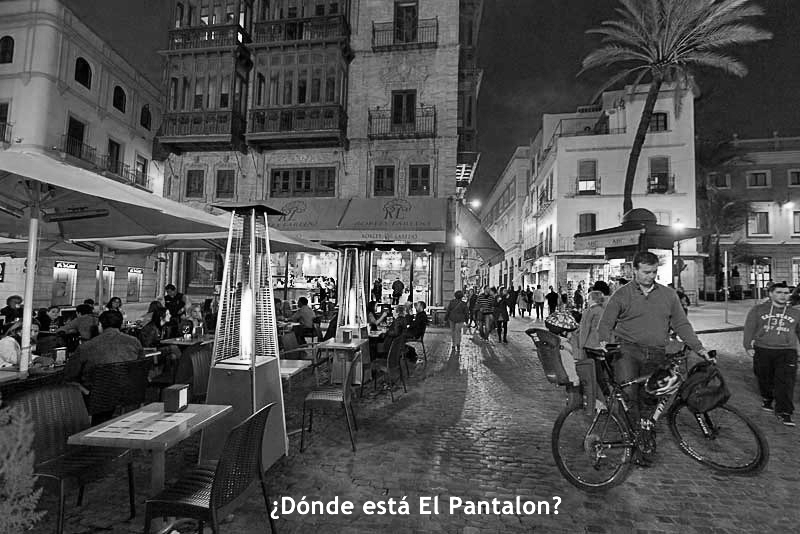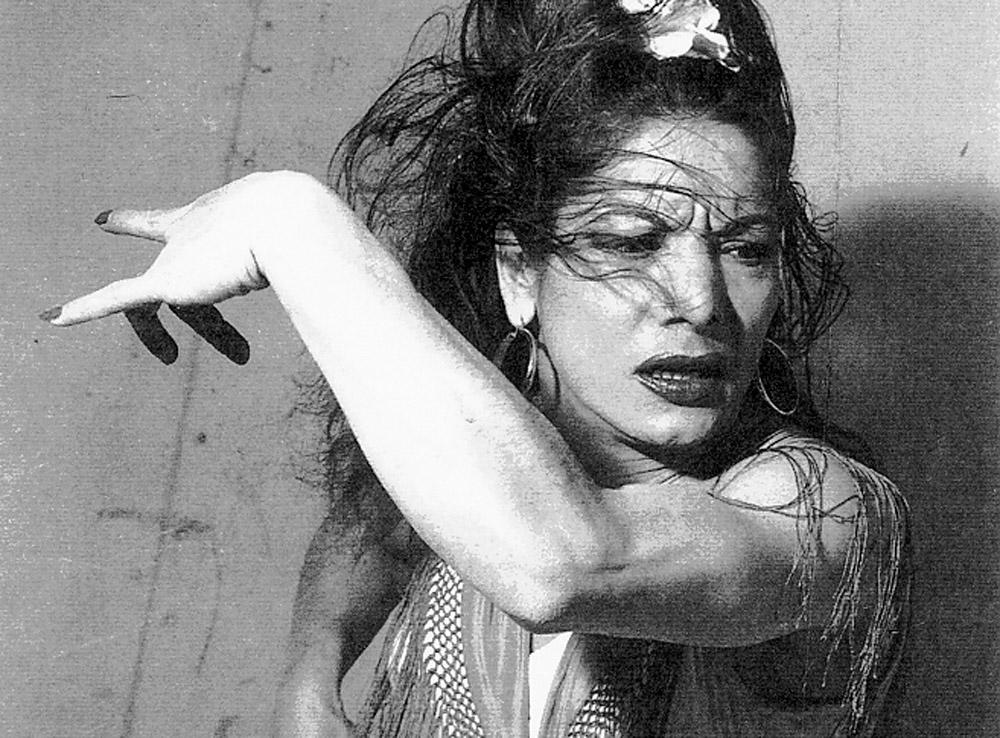
The Glorious Carmen Amaya – El Pantalon
In the midst of the Andalusian night, where shadows intertwine with the whispers of the wind, there dances a spirit born of fire and passion. Her name is Carmen Amaya, a tempest of Flamenco, whose every step ignites the very soul of Spain.
In her veins, flows the rhythm of the earth, the heartbeat of generations past, echoing through the cobblestone streets of Barcelona. With each stomp, she conjures the spirits of her ancestors, their stories etched in the arches of her arched feet.
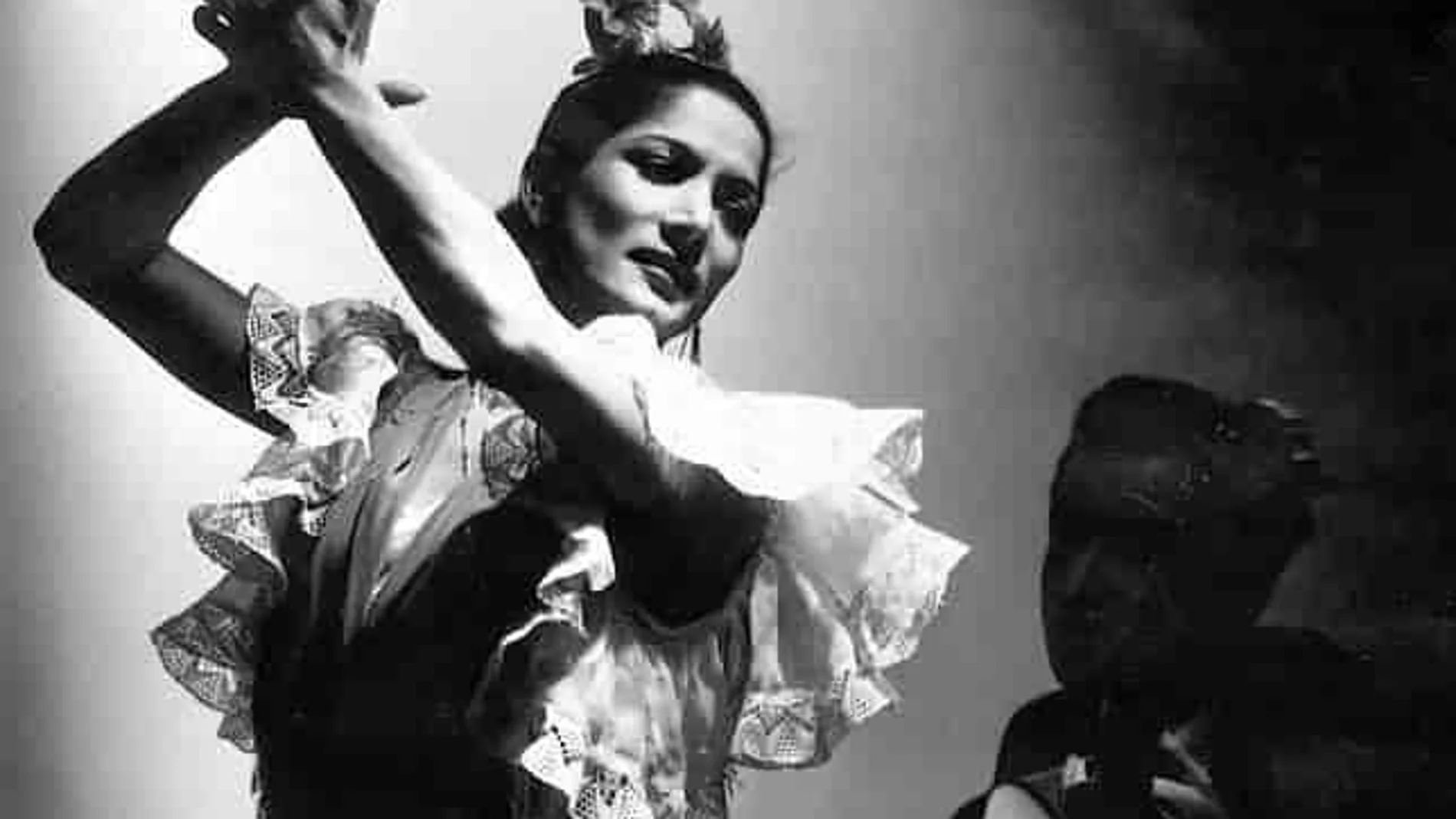
Oh, Carmen! Your body, a canvas painted with the hues of twilight, a symphony of movement that enraptures the senses. With every flick of your wrist, you tell a tale of love and longing, of joy and sorrow, a testament to the human condition.
In the taverns of Sacromonte, where the flames of passion lick the air, you command the stage like a maestro conducting an orchestra of emotions. The guitar weeps in harmony with your sorrow, the palmas echo your heartbeat, and the cajón thunders like the raging sea.

Your dance, a rebellion against the constraints of society, a celebration of freedom in its purest form. With every whirl and turn, you defy gravity, transcending the limitations of the mortal realm, soaring on the wings of ecstasy.
But amidst the applause and adulation, beneath the veil of fame, lies a soul burdened by the weight of destiny. For you, Carmen, are not merely a dancer; you are a vessel for the dreams of a people, a symbol of resilience in the face of adversity.
Like a phoenix rising from the ashes, you emerge from the depths of despair, your spirit unbroken, your passion undimmed. For you know that true greatness lies not in the applause of the crowd, but in the silent resilience of the human spirit.
And so, as the moon rises high above the rooftops of Sevilla, casting its silver glow upon the world below, know that your legacy will endure, like a flame that burns eternal in the hearts of those who dare to dream.
